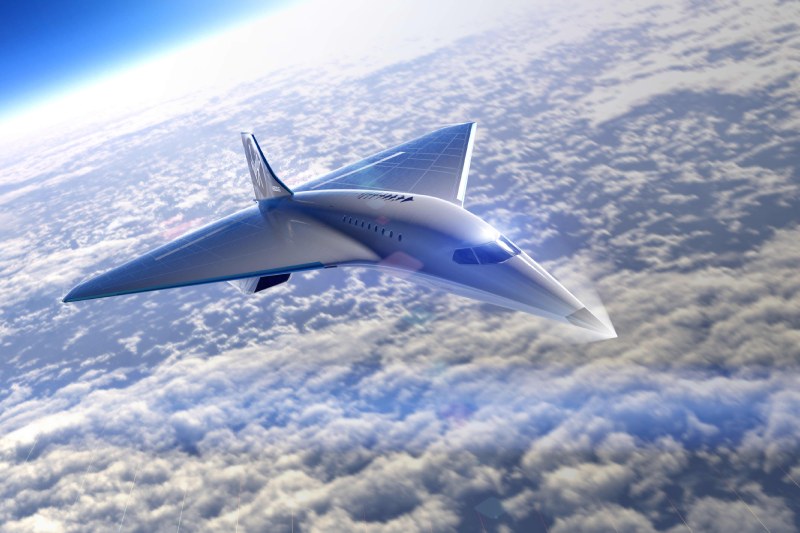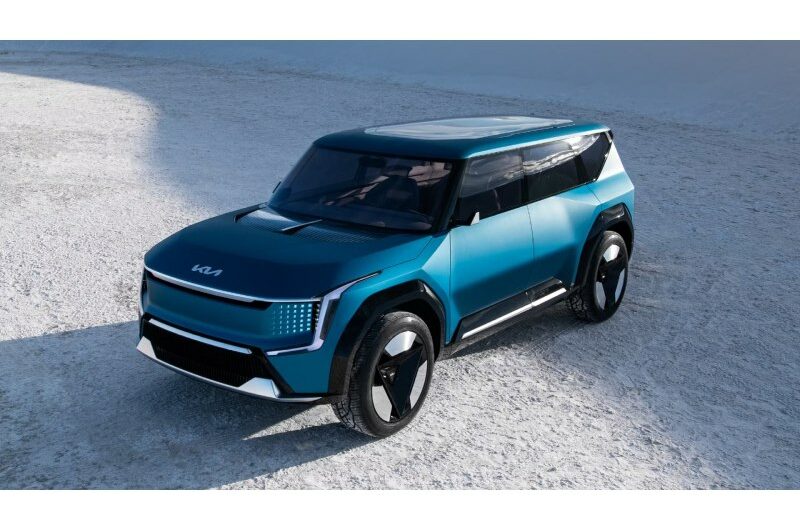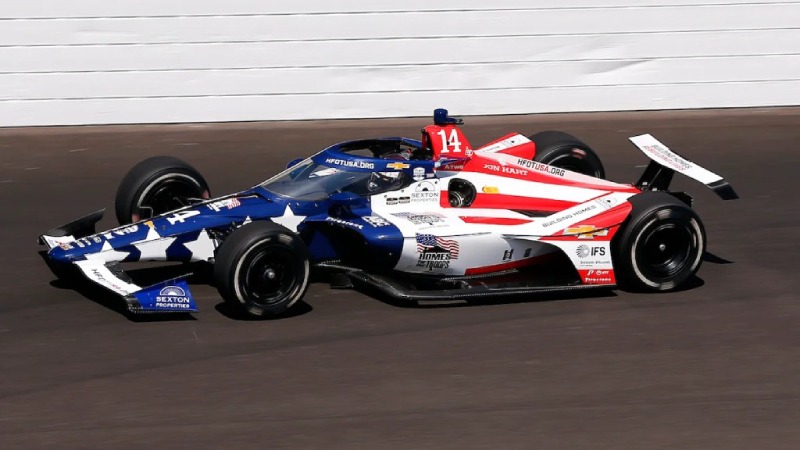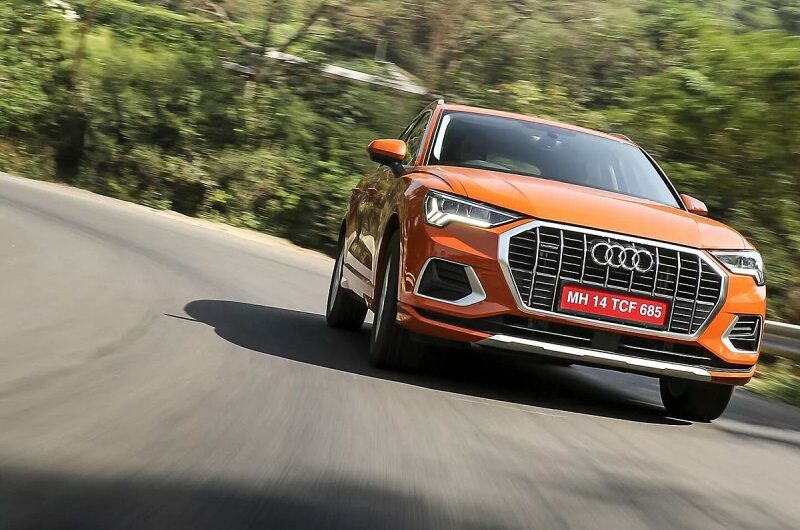A new quiet supersonic aircraft that can travel faster than sound and cover the distance between New York and London in three and a half hours was unveiled by aviation officials.
Dubbed the “son of Concorde,” the 100-foot-long and 30-foot-wide X-59 supersonic aircraft was unveiled by NASA and Lockheed Martin on Friday. According to officials, this innovation is intended to revolutionize commercial aviation.
With a top speed of 1,350 miles per hour, the Concorde was retired about 20 years ago after it was first launched in 1976. The aircraft was beset by expensive maintenance issues and a deadly crash in 2000.
Owing to advancements in design, shape, and technologies, its new offspring can reach speeds of 925 miles per hour and produce a less disruptive sonic boom for towns below, according to officials.
According to a NASA press release, throughout the past 50 years, supersonic flight has been prohibited in the US and other countries due to the shocking booms produced when aircraft travel faster than the speed of sound, which is 767 miles per hour.
The plane’s cockpit is situated roughly midway down the length of the aircraft, so pilots would have to rely on camera monitors to control it. Its narrow, tapered nose was designed to break off shock waves that would generate a sonic boom on a conventional aircraft.
The experimental supersonic jet is presented Friday during a ceremony in Palmdale, California. It may take roughly 3.5 hours to reach Europe.
NASA’s Quesst mission, which includes the X-59, aims to “provide data to help regulators reconsider” the restriction.
NASA Deputy Administrator Pam Melroy stated, “This is a significant accomplishment made possible only through the hard work and ingenuity from NASA and the entire X-59 team.”
“In just a few short years we’ve gone from an ambitious concept to reality. NASA’s X-59 will help change the way we travel, bringing us closer together in much less time.”
The Quesst team was now switching gears, doing integrated systems testing, engine runs, and taxi testing in anticipation of the aircraft’s first flight, which was slated for later this year.
The X-59 would make its first “quiet supersonic flight” following the inaugural flight, according to officials.
“It’s thrilling to consider the level of ambition behind Quesst and its potential benefits,” said Bob Pearce, associate administrator for aeronautics research at NASA Headquarters in Washington.
“NASA will share the data and technology we generate from this one-of-a-kind mission with regulators and with industry. By demonstrating the possibility of quiet commercial supersonic travel over land, we seek to open new commercial markets for U.S. companies and benefit travelers around the world.”
NASA issued a warning, stating that the X-59 was not a prototype that would be duplicated for commercial purposes, but rather a “unique experimental airplane.”
Topics #3 1/2 hours #NASA #supersonic aircraft










